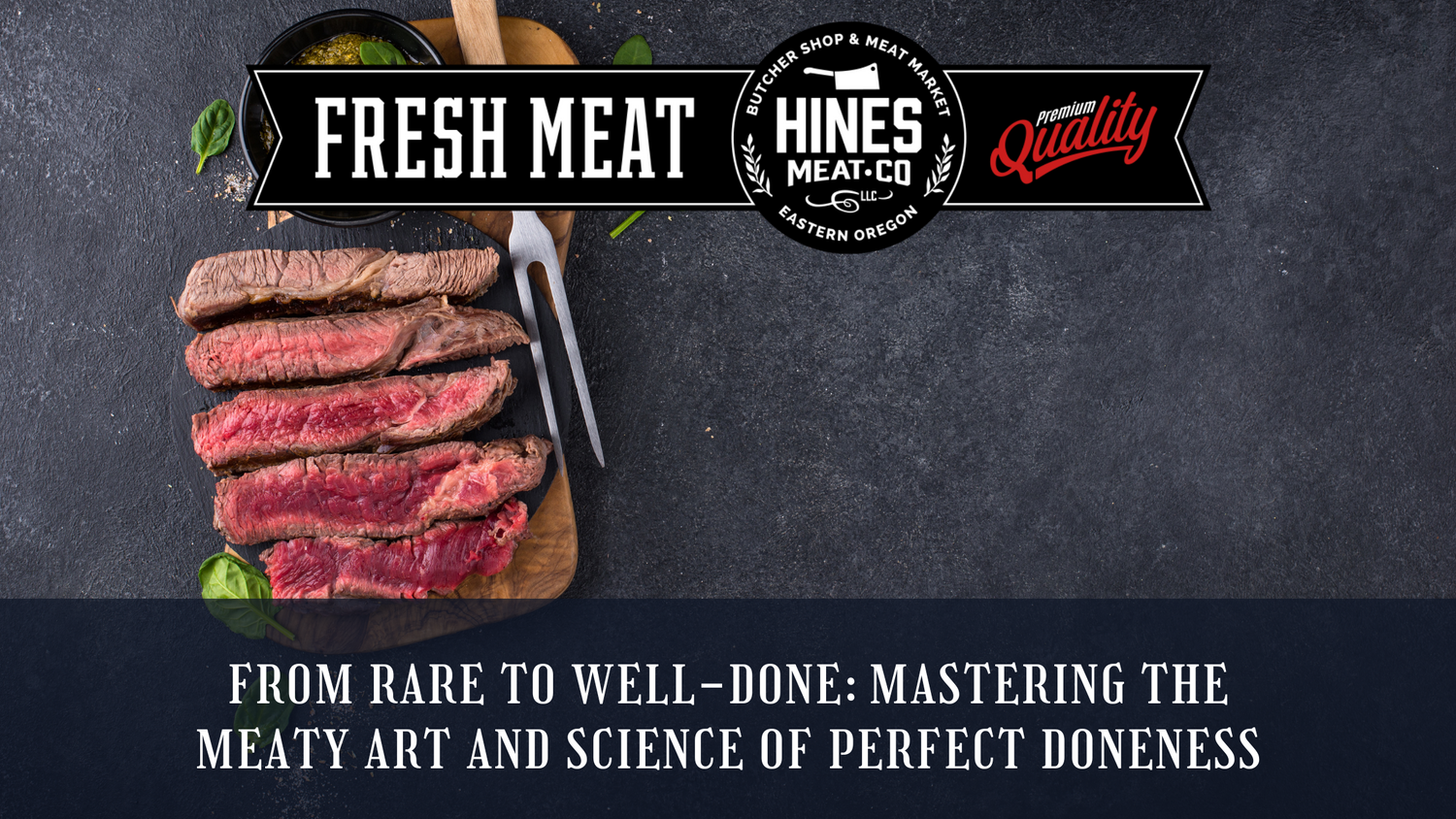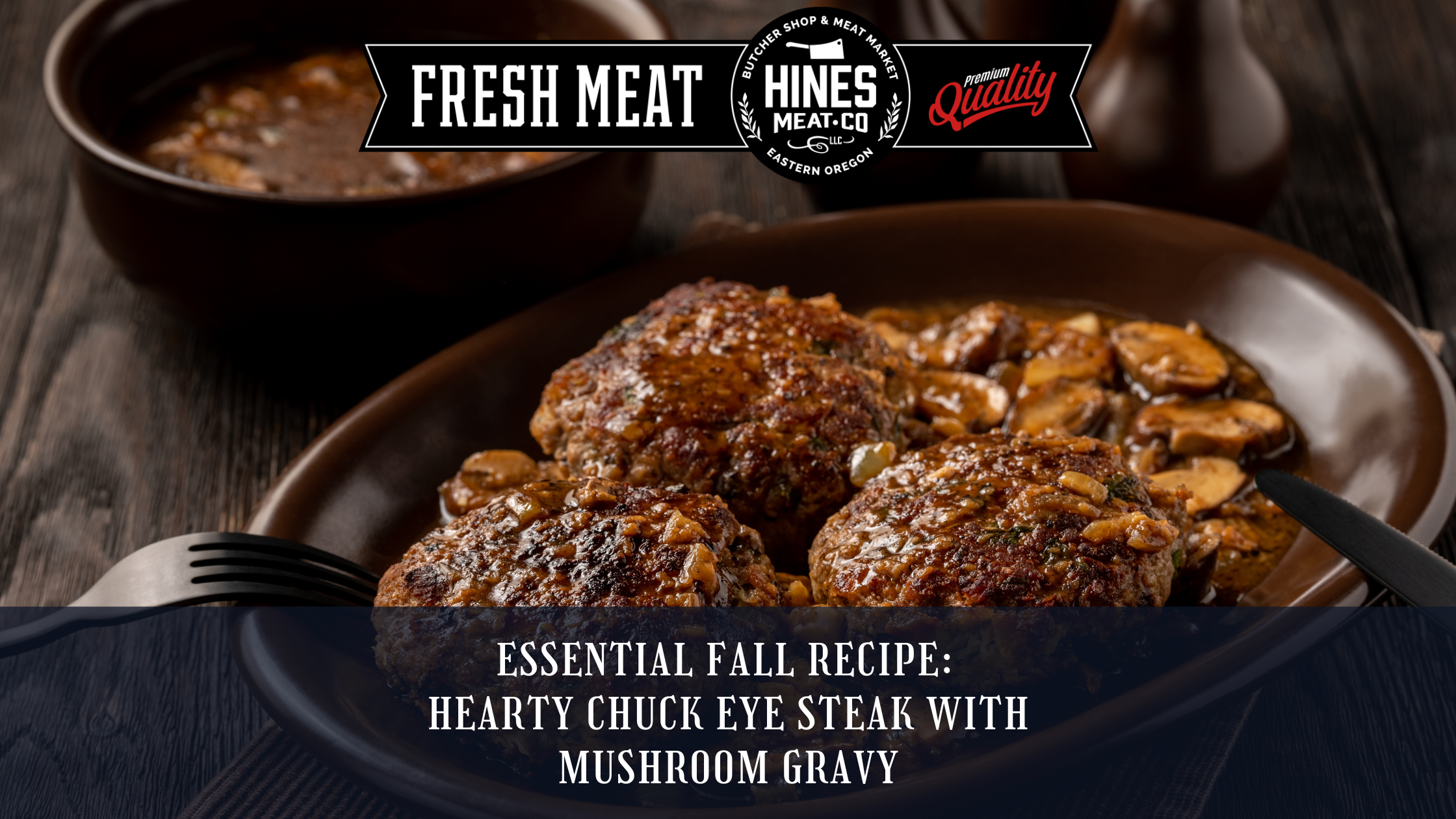Some strong opinions can arise when someone orders a well-done steak at a restaurant. Medium-rare is often considered the optimal steak temperature for good reasons. Here’s why and how to achieve it every time.
What is Medium-Rare?
Medium-rare steak has an internal temperature between 130°F and 135°F, according to the USDA. Anything below 130°F is rare, and above 140°F is medium. Although food safety guidelines recommend cooking beef to 145°F to ensure potentially harmful bacteria won’t grow in your meat and make you sick, many prefer the tenderness and flavor of medium-rare at 135°F-140°F.
Why Medium-Rare is Best
A medium-rare steak is juicy, tender, and flavorful. It strikes the perfect balance between undercooked and overcooked. The exterior is pinkish, with a deeper red center, showcasing the ideal texture and taste.
The Science Behind Medium-Rare
There is a science behind why humans prefer medium-rare meat. At around 135°F, protein compounds in the steak break down, enhancing texture and flavor:
- Myosin begins denaturing at 104°F, changing the texture from raw to cooked. Myosin is responsible for the contracting of muscles. At around 122 degrees, the denaturing of myosin is in full effect.
- At 150°F, actin denatures, making the meat tough and dry by squeezing out moisture. Hence, avoiding temperatures above 140°F preserves the steak’s juiciness.
Cooking a Medium-Rare Steak
The cooking time for a medium-rare steak varies by cooking method, temperature, and thickness of your steak. Use these tips to achieve perfect doneness:
- Invest in a high-quality Meat Thermometer: An instant-read thermometer is essential for accuracy.
- Feel for Doneness: Compare the steak’s feel to the area between your thumb and index finger on a loosely open hand. When the steak is at the proper temperature, it will feel similar to that spot on your hand. This technique takes practice, but it’s also fairly intuitive.
The Best Cooking Method: Reverse-Searing
The difference between searing and reverse searing - The primary difference is that searing is done before cooking, while a reverse sear is done after cooking. Reverse-searing ensures a perfect steak every time by searing after cooking, reducing the chance you’ll make the steak turn gray:
- Season and Prep: Season steaks and let the steaks sit for a few more minutes. Preheat the oven to 275°F with a cast iron skillet inside.
- Cook in Oven: Melt one tablespoon of butter in the hot skillet, place the steak in the skillet, and cook until it reaches 110°F. The length of time will depend on the cut of beef, thickness, and how accurate your oven temperature is.
- Sear on Stovetop: Transfer the skillet from the oven to high heat on the burner, searing the steak for 1-2 minutes per side until the internal temperature reaches 135°F. This will give you a crispy, crackly seared surface.
- Rest the Steak: Wrap in butcher paper or aluminum foil and let it rest for at least 10 minutes to allow juices to thicken. The residual heat will allow the steak to stay warm.
Conclusion
Achieving the perfect medium-rare steak is about understanding temperatures and using the right techniques. Reverse-searing provides consistent, steakhouse-quality results. Follow these guidelines, and you'll master the art of cooking the perfect steak every time.



